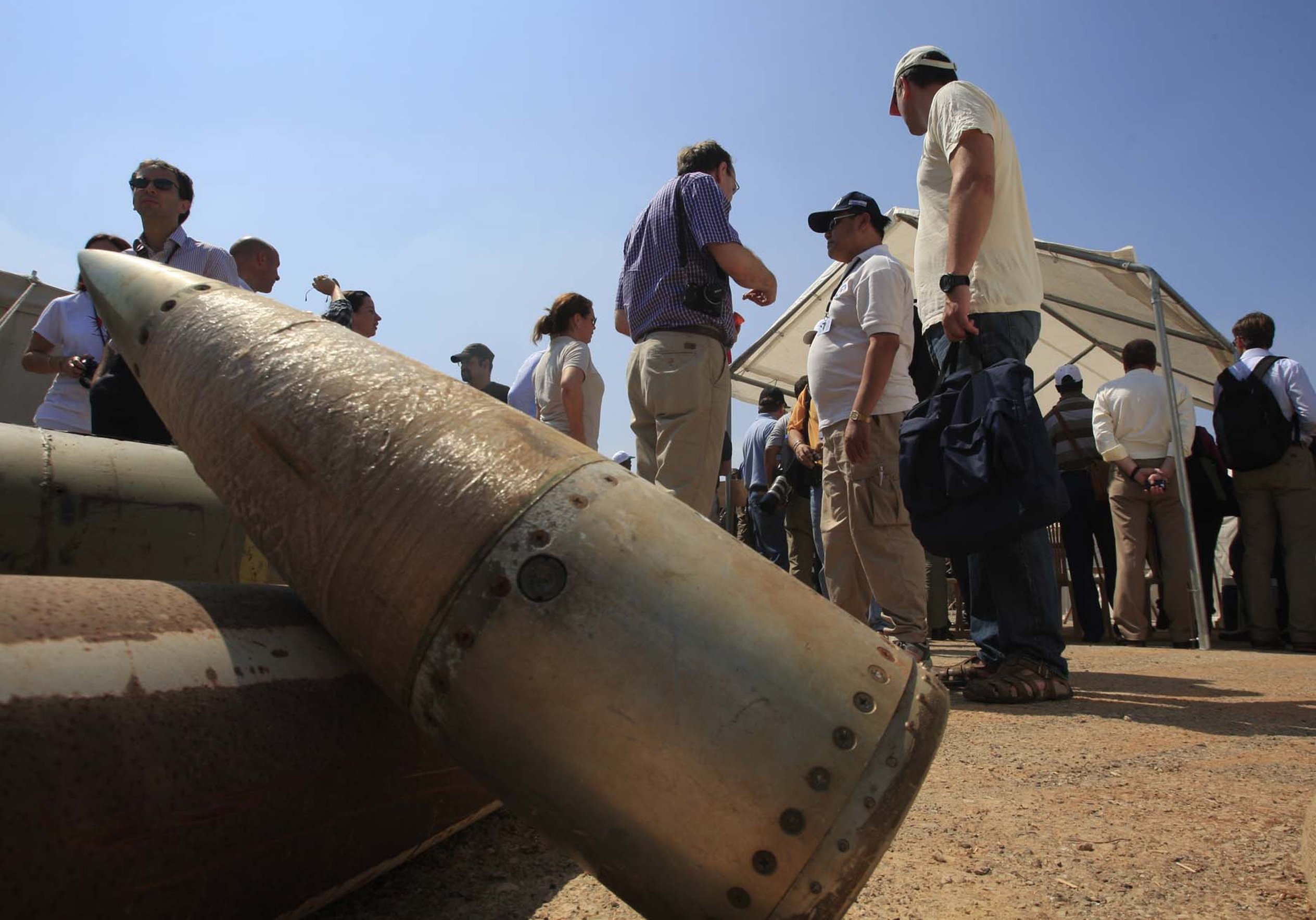© Turkuvaz Haberleşme ve Yayıncılık 2026
The United States has announced plans to send cluster munitions to Ukraine as part of an $800 million military aid package.
This decision, set to trigger controversy, aims to reinforce Ukraine's ability to counter Russian forces along the front lines.
The cluster munitions, expected to be officially announced on Friday, have been deemed necessary by proponents who argue that Russia has already been employing such weapons in Ukraine.
The U.S. munitions, with a reduced dud rate, are believed to pose fewer risks of unexploded rounds, thereby minimizing unintended civilian casualties.
Here's an overview of cluster munitions, their historical usage and the rationale behind the U.S. decision to provide them to Ukraine.
Cluster munitions are bombs that disperse smaller "bomblets" over a wide area upon detonation.
These bomblets target tanks, equipment and troops simultaneously, making them effective against multiple objectives.

The U.S. plans to provide cluster munitions based on a common 155 mm shell, which Ukraine's ground troops can launch using existing artillery weapons like howitzers.
Previous conflicts involving cluster munitions revealed a high dud rate, leaving behind unexploded bomblets that posed long-term risks.
The U.S. ceased using cluster munitions in Iraq in 2003, particularly as the conflict transitioned to urban environments with dense civilian populations.
To support Ukraine in its ongoing conflict, the U.S. and its allies have already supplied traditional 155 howitzer munitions, amounting to over 2 million rounds.
However, the Ukrainian forces are depleting these rounds rapidly in their battles against the Russians.
Cluster munitions offer an attractive option as they allow Ukraine to strike more targets with fewer rounds.
Furthermore, the U.S. has significant stockpiles of cluster munitions that have not been used since Iraq, making them readily available.
Accessing these munitions can alleviate pressure on U.S. and allied stocks.
While the use of cluster bombs itself does not violate international law, employing them against civilians can be considered a violation.
Compliance with international law necessitates assessing the legitimacy of the target and the precautions taken to prevent civilian casualties.
Cluster munitions have been utilized in various recent conflicts, including by U.S. forces.
During the early stages of Afghanistan's invasion in 2001, the U.S.-led coalition dropped over 1,500 cluster bombs on Afghanistan.
However, the use of such munitions diminished as they posed risks to civilian populations.
Syrian government troops, supplied by Russia, frequently employed cluster munitions against opposition strongholds during the country's civil war.
Israel also utilized cluster munitions in civilian areas in south Lebanon during the 1982 invasion.
In Yemen, the Saudi-led coalition faced criticism for their use of cluster bombs in the conflict against Houthi rebels. The unexploded ordnance from these munitions continues to pose threats to civilians in affected areas.
Russian forces have reportedly used cluster bombs in Ukraine, while there have also been allegations of Ukraine employing them. The strikes have targeted urban areas, resulting in casualties and damage.
Instances of Russian cluster bomb use have been documented, including attacks on a preschool in Okhtyrka and multiple cluster strikes in Kharkiv. The Russian missile and drone barrage in Bakhmut and shelling in Kostiantynivka further highlighted the presence of cluster munitions.
Amid escalating tensions, the provision of cluster munitions aims to equip Ukraine with additional capabilities to counter Russian forces effectively.
However, concerns regarding their humanitarian impact and compliance with international law persist.
